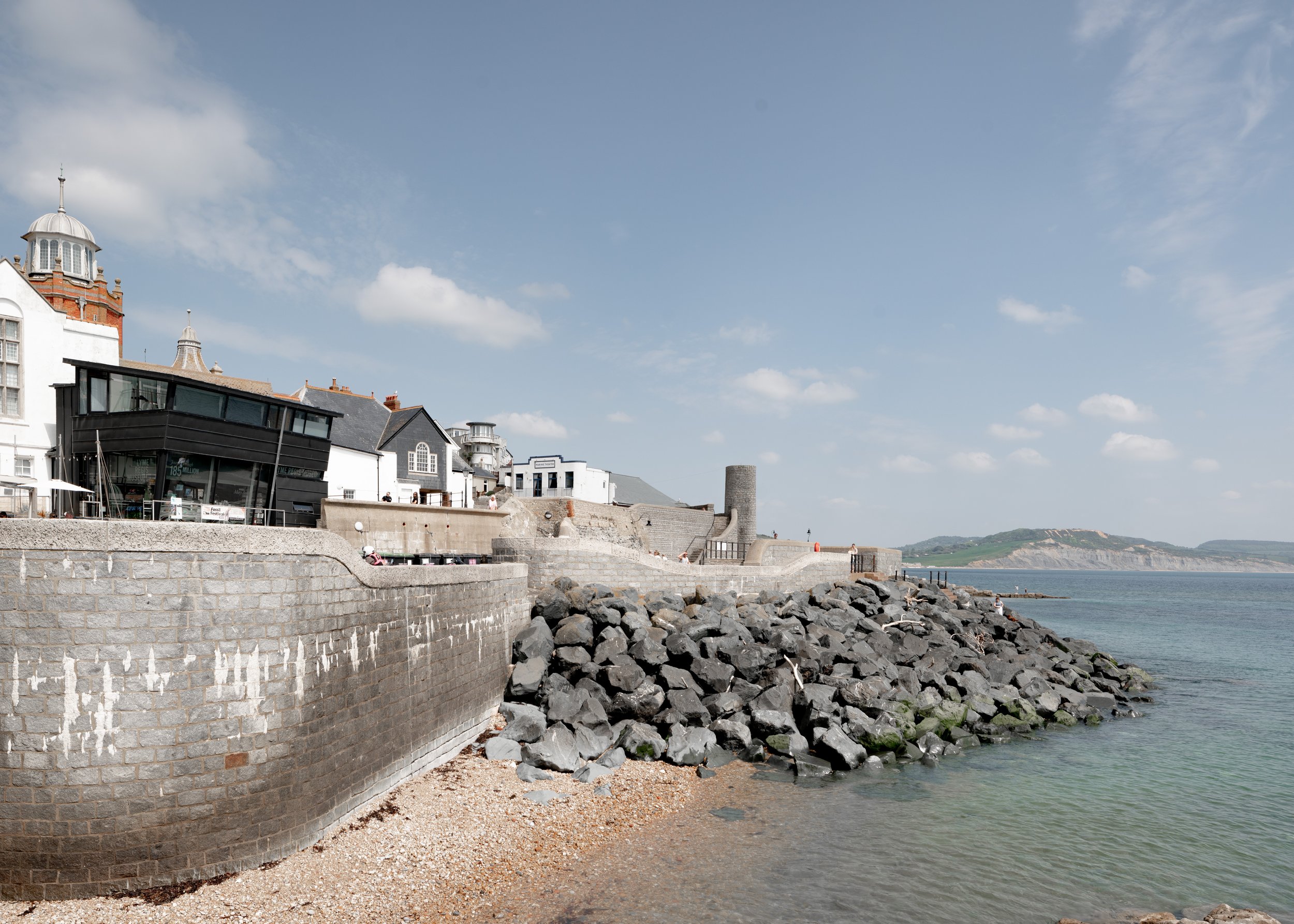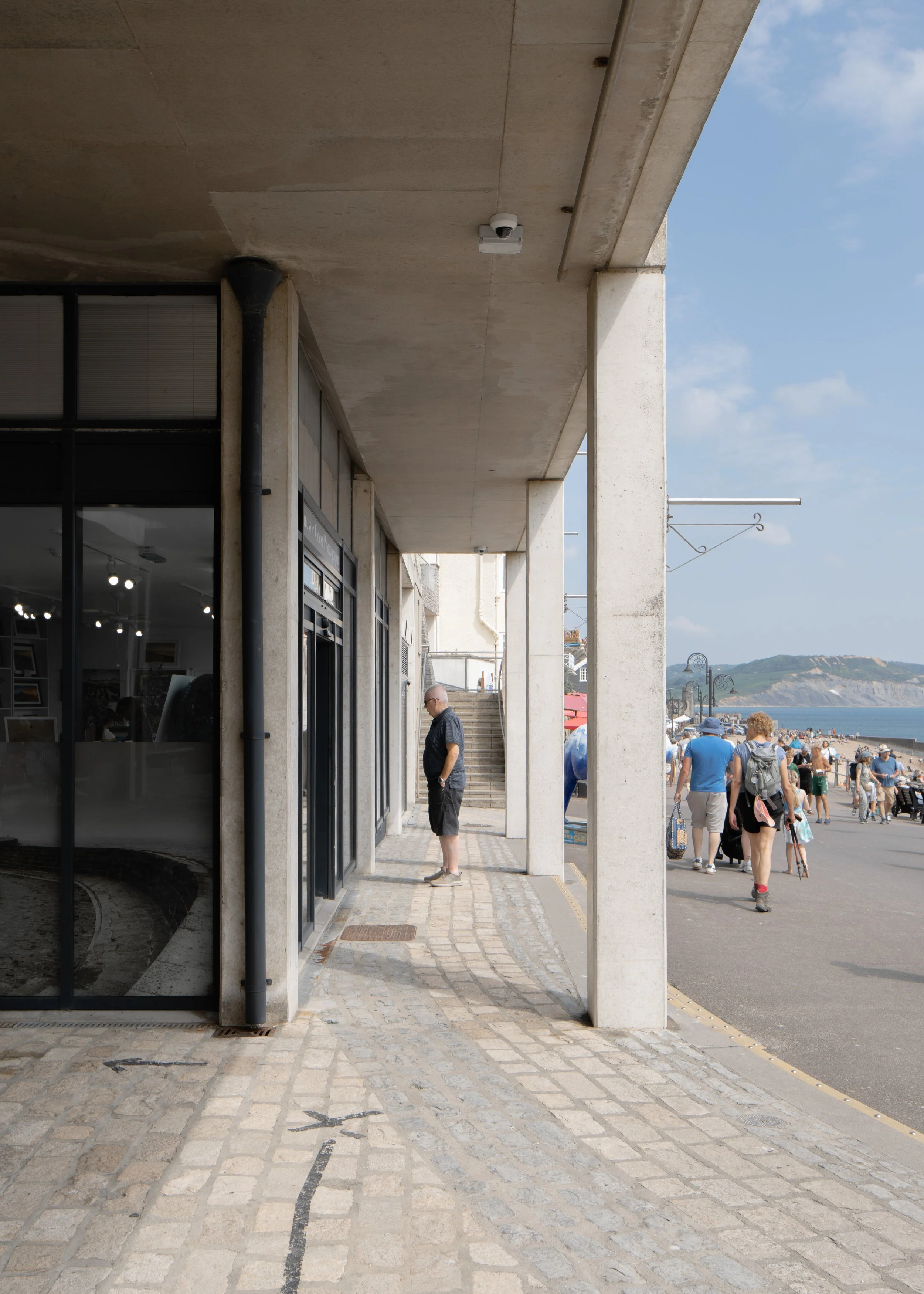
Museums traditionally guide visitors inward, toward carefully curated exhibits and historical narratives. The Mary Anning Wing at the Lyme Regis Philpot Museum, however, introduces a new perspective. Rather than enclosing history within walls, this architectural addition encourages an outward gaze toward the Jurassic coastline that has shaped Lyme Regis for generations.
Designed by Architect Architecton to integrate both past and present, the wing extends the museum’s relationship with its surroundings, offering framed vistas of the rugged shore. In doing so, it transforms the act of visiting a museum into an immersive experience that bridges artefact with environment.
Lyme Regis is a town inseparable from its geological and paleontological heritage. Nestled along the Jurassic Coast, its cliffs have long been a source of remarkable fossil discoveries including those made by Mary Anning, whose contributions to early paleontology reshaped scientific understanding.
The Mary Anning Wing serves as more than an extension of the museum; it reframes the way visitors interact with history. By shifting attention beyond exhibition walls, it redefines how history is experienced, observed not just in cases and archives, but in the evolving tides and cliffs that have long been a part of Lyme Regis’ story.



